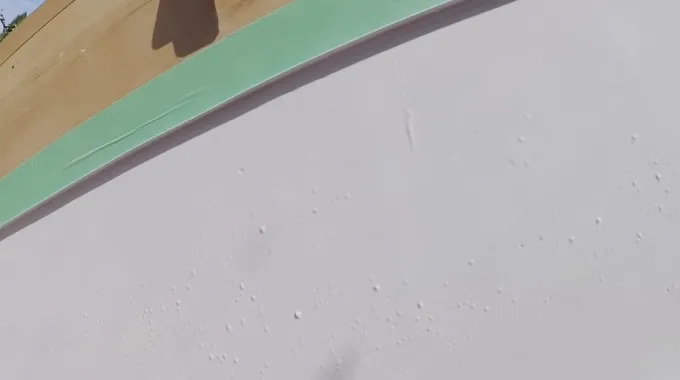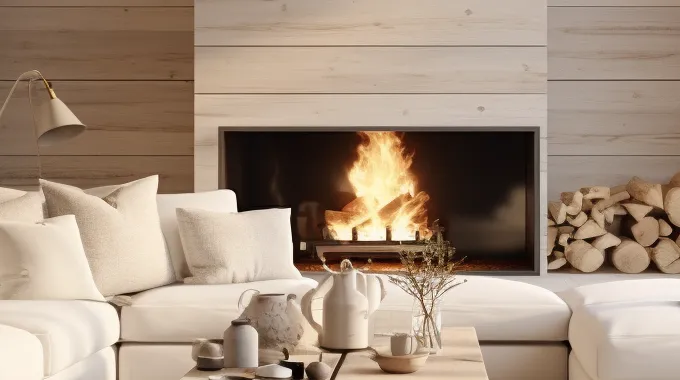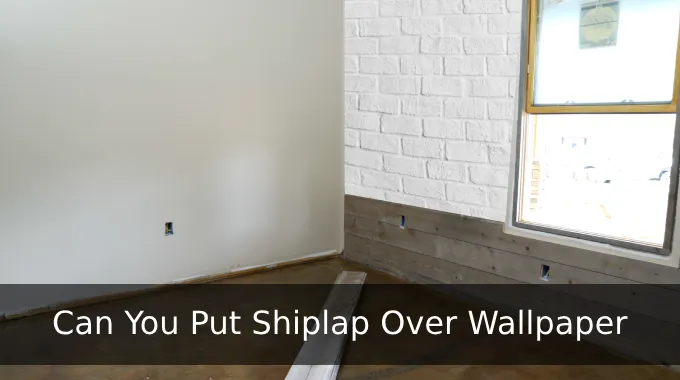Last Updated on March 6, 2023
Are you seeing lines creeping up your walls? Homeowners know all too well the frustration of dealing with cracks in drywall mud. From applying it just a bit too thickly to paint that isn’t quite ready, there are plenty of possible culprits.
If your drywall is cracking larger, it might be a sign of more significant issues, such as joint compound shrinking due to using the wrong type of mud or even foundation problems. Structural movement could also be part of the puzzle.
Let’s delve into the underlying causes of drywall mud cracking and find out how to prevent it. Also, find some helpful tips on fixing those pesky cracked applications that happen unexpectedly.
Why is My Drywall Mud Cracking: Significant Reasons
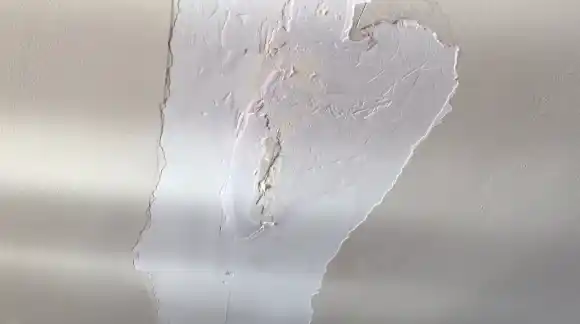
Drywall mud is a plaster used to fill in small holes and cracks and seal joints between drywall sheets, but unfortunately, drywall mud can crack over time due to several different factors.
Applied Too Thick
The most common cause of cracking drywall mud is applying too much in one application. When mud is applied too thickly, greater than 1/8 of an inch. It tends to shrink and crack as it dries.
To ensure that the right amount is being used, mix small batches at a time and use multiple thin layers instead of one thick layer. This will help keep the mortar from cracking due to shrinkage as it dries.
Applied on Wet Area
Applying joint drywall mud compound onto wet or damp surfaces can cause significant issues with cracking down the line. The joint compound needs sufficient time to adhere properly before drying out.
If a surface is wet when applied, then moisture will be absorbed into the joint compound, which causes it to weaken as it dries.

Thus, you could end up with cracks or even sections of your newly-finished wall falling off entirely. Always ensure your walls are completely dry before applying any joint compound or plastering substance.
Applied on Moisture Resistant Drywall
Even properly-applied drywall mud can crack if you use an inappropriate type of drywall for your project. Some moisture-resistant drywalls (such as Green boards) are unsuitable for specific applications where direct contact with moisture may occur (e.g., bathrooms).
These specialized types of drywalls use additives such as gypsum board and certain chemicals, which can cause problems for standard plastering compounds like joint compounds, causing drywall crack even when applied correctly.
Make sure you check the specifications for any specialized materials before starting work to avoid unexpected results later on.
Joint Compound Shrinks
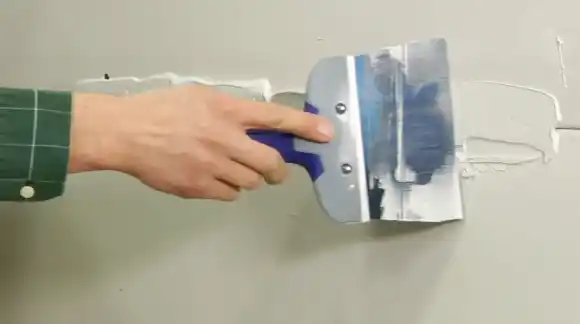
All concrete-based compounds, including joint drywall compound and drywall mud, will shrink slightly as they dry out. This is slightly normal, but if too much shrinkage occurs, visible cracks may form in the finished wall surface.
To minimize this risk, you should apply a generous amount of drywall mud so that there’s enough material available after shrinkage. But again, make sure not to apply too thickly.
Additionally, ensure you purchase high-quality drywall mud designed specifically for plastering walls. Cheaper options often fail due to excessive shrinkage during drying, so skimping doesn’t pay here either.
Use the Wrong Type of Drywall Mud
The significant reason drywall mud is cracking is that the wrong type of mud was used. Different types of drywall mud are designed for different purposes, and using the incorrect type of drywall mud can cause the surface to become weak and crack.
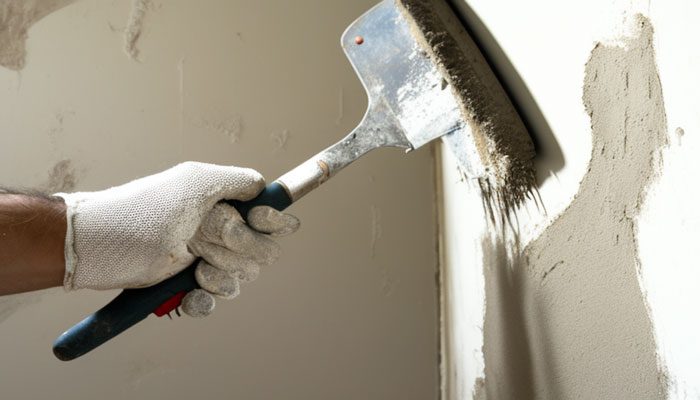
For example, if not blended properly, it can create air pockets between the drywall and the mud, causing it to crack when it dries. Incorrectly used tools such as trowels, spatulas, and knives can also create cracks in the drywall mud by forcing too much into small spaces or leaving behind uneven ridges that cause the dried mud to crack.
Also, if an all-purpose drywall mud compound is used with mesh tape instead of paper tape, it can cause air pockets or other weaknesses that can lead to cracking.
Foundation Issues
Foundation issues are another significant reason why drywall mud may be cracking. If there are any structural shifts in the foundation due to water damage or other causes, this can cause changes in a home’s structure, ultimately leading to walls that cannot support the weight of the mudding material leading to cracks.
Also, uneven walls caused by settling foundations can pressure specific points leading to cracking in those areas. These foundation issues can quickly spiral into more significant problems within a home and potentially hazardous conditions from drywall dust particles if not addressed early on.
Structural Movement
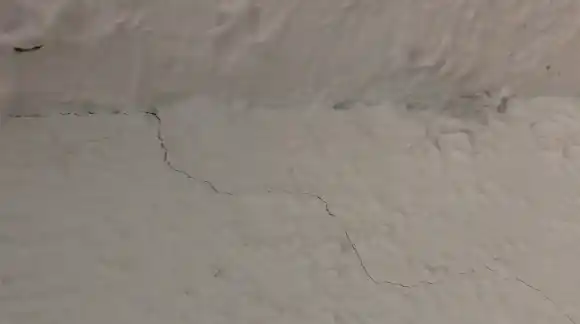
Structural movement can cause all sorts of trouble for your drywall mud, from roof rafters to trusses slipping out of place. These pressure points make the mudding material vulnerable, leading to unsightly and unwelcome cracks appearing in no time.
When structural components expand due to warmth or contract due to coldness, this can put pressure on the walls resulting in more stress which may lead to cracks appearing in areas where you have applied drywall mud.
To prevent this from happening, ensure that windows are sealed tightly against leaks and that insulation is correctly installed so that temperature fluctuations do not affect the interior of your home too drastically.
Is it Normal for Drywall Mud to Crack?
No, it is not normal for paint to crack. Cracks typically occur due to improper installation or if the material has been overly thinned. Cracks may also occur due to changes in temperature and humidity, with excessive heat and low humidity levels potentially causing cracks.
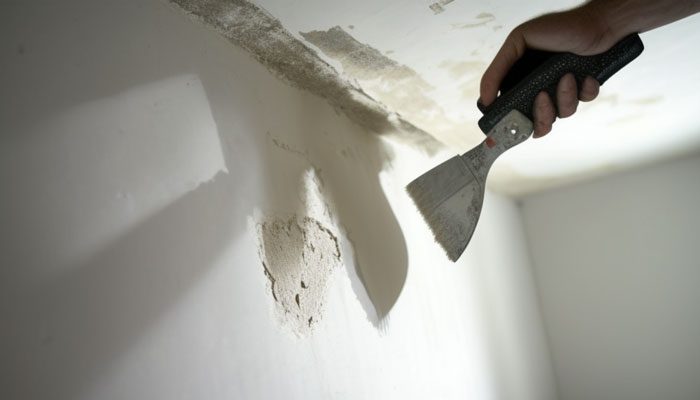
It is more common for thicker applications of drywall mud to have many cracks, but even these should not be considered normal. Numerous or large cracks in a newly installed drywall mud application could indicate a problem with the installation process, and further investigation should be done.
Can Low Humidity Cause Drywall Mud Cracking?
Yes, low humidity can cause drywall mud cracking because when the air’s moisture content decreases, the surface area of any applied compound will shrink. This stresses its bonds, causing them to fail and crack or flake off pieces from the surface.
The drier environment caused by low humidity levels can also cause already present mud cracks and other damage, like bubbling or blistering, to worsen over time, making them more visible and requiring additional repairs than would normally be necessary under different conditions.
Can High Humidity Cause Drywall Mud Cracking?
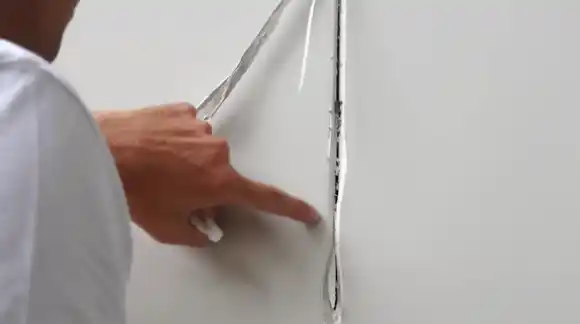
Yes, high humidity levels can cause drywall mud to crack. This is because when the moisture in the air is high, it can cause the drywall mud to expand, which places stress on it and causes it to crack.
The higher the humidity level, the greater chance of drywall mud cracking due to expansion. Also, if there are large fluctuations in humidity levels, this can lead to drywall mud cracking.
To minimize the chances of this happening, it’s best to keep the relative humidity within a certain range (ideally between 30 and 50 percent). A dehumidifier or humidifier may be necessary if you live in an area with extremely high or low humidity levels.
Can You Fix Drywall Mud Cracking?
Yes, you can fix drywall mud cracking by filling in only the cracks with additional drywall mud and smoothing any rough edges around them. Ensure not to overfill any cracks, as this could cause further damage due to excessive weight being put on the wall and plasterboard joints that have already been weakened by too much moisture.
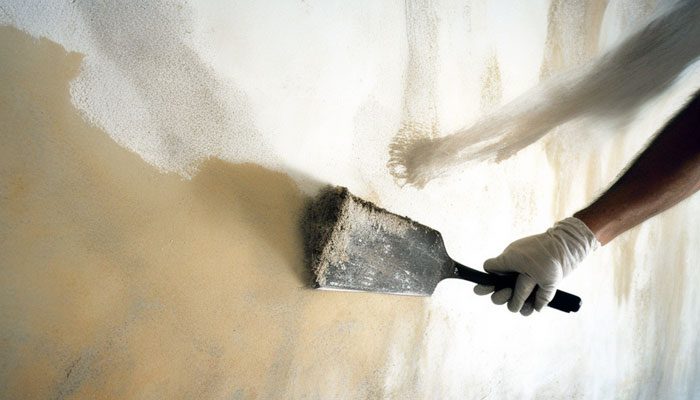
It’s also important not to use too thick a layer of drywall mud since it may make sanding difficult later. Be sure to apply multiple thin coats so that everything is complete, even before sanding.
Can You Mud Over Cracked Drywall Mud?
Yes, you can mud over cracked drywall mud, but only if done correctly. You’ll need to fill gaps or holes with new drywall mud compounds before applying a thin layer over the entire area.
This will help create an even surface for mudding over, preventing further cracking down the line caused by irregularities in height or depth between different sections of the compound application.
When applying additional layers of drywall mud, keep them thin, as this will make sanding easier later on while avoiding adding too much weight onto areas that may already be weakened from moisture damage or prior cracking.
Do You Tape Over Cracked Drywall Mud?
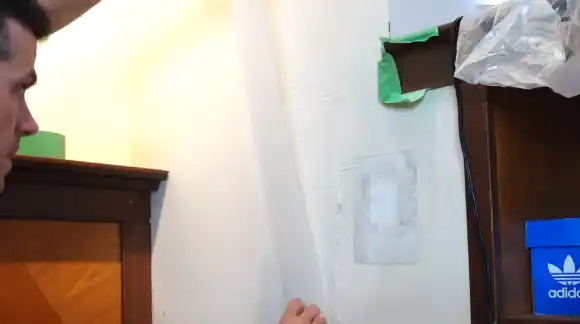
Yes, you should tape over cracked drywall mud. Using drywall mesh tape, you can cover the cracks in the mud so that it blends in better with the wall. The tape will also help to provide additional strength and stability to the patch and reduce the chances of further cracking.
It is essential to ensure that you use good quality drywall tape for this purpose, as it will reduce the risk of additional cracking due to poor adhesion or shrinkage after drying. When taping over cracked drywall mud, you must ensure that all surfaces are clean and free from dust and other debris before applying the tape.
Why Does Drywall Mud Crack When it Dries?
Drywall mud tends to crack when it dries due to water evaporation from within the mud itself. As water evaporates from within the mud, it causes internal stress, leading to cracking or splitting of the surface material.
This can be caused by excessive exposure to air or heat, improper application techniques such as not spreading out material evenly or not allowing proper ventilation between layers, or simply using too much water during mixing, increasing its tendency for shrinkage when drying.
In some cases, improperly mixed mud can also contribute to cracking by causing an uneven distribution of materials, creating weak spots that succumb easily under pressure when dried.
What Should You Not Do When Drywall Mud Cracks?
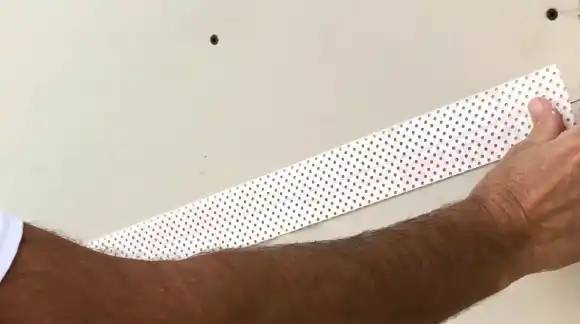
When dealing with cracked drywall mud, you should avoid applying excessive pressure on tenting edges as this may cause them to break up further. Also, you should never use hot air guns directly on areas affected by cracks, as this could cause them to spread even more due to uneven heating, which can weaken them further.
If you want to ensure your large repair job stands the test of time, don’t attempt a quick fix! Pushing more material over large cracks won’t give long-lasting results. It’s better to go piece by piece and patch them up carefully.
Prevent Drywall Mud Cracking Before They Start
Understanding the causes of drywall mud cracking is critical if you want to know how to prevent it from happening.
Low or high humidity levels can accelerate the drying process, which can cause cracks in the drywall mud. At the same time, proper taping techniques and allowing enough time for drying before applying a second coat are also essential for preventing these issues.
Also, using more durable materials when constructing walls may be worth considering. Fixing cracked drywall mud isn’t always easy, but with this knowledge, you better understand what could be causing them and how best to solve the problem.
